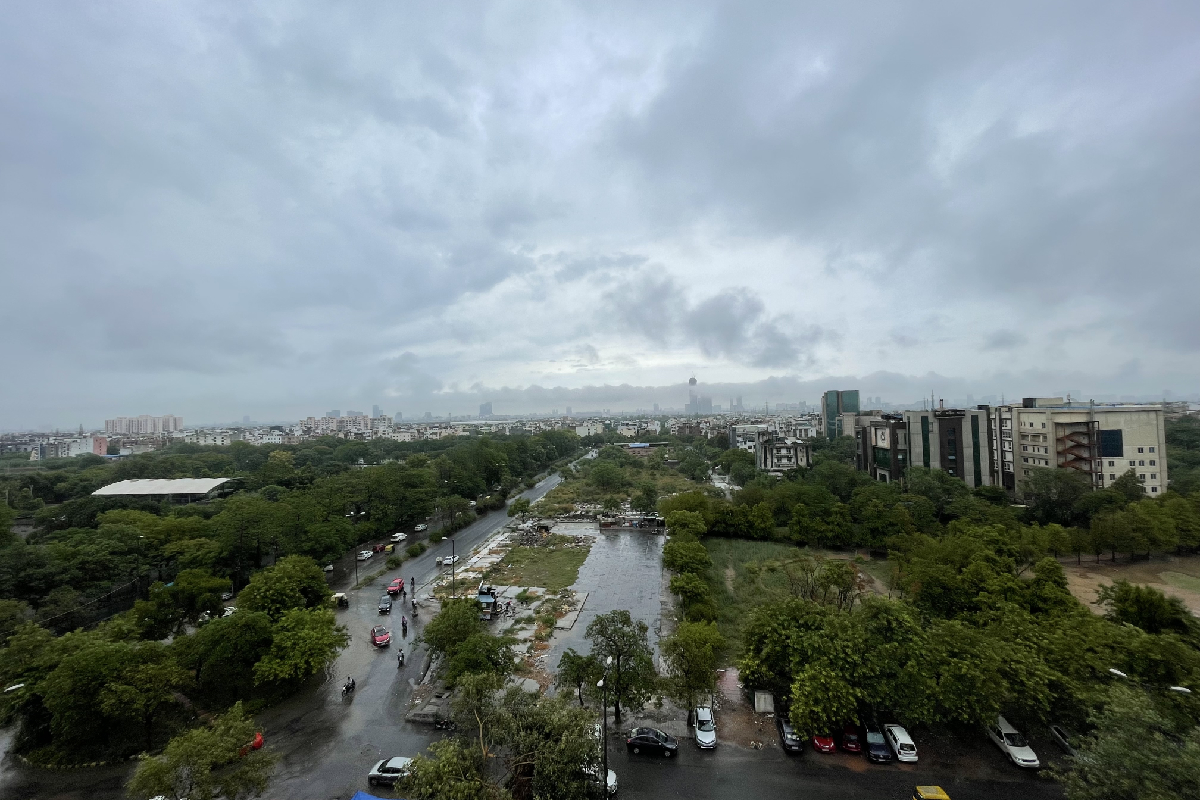NEW DELHI: Delhi has witnessed its coolest May in 36 years, the India Meteorological Department (IMD) said on Wednesday.
The city recorded an average maximum temperature of 36.8 degrees Celsius this May, which is significantly lower than the temperatures observed in previous years.
Kuldeep Srivastava, the head of the regional forecasting centre at IMD, highlighted that the average maximum temperature in May 1987 was recorded at 36 degrees Celsius.
Comparing this with the current year, Srivastava emphasised that the average maximum temperature of 36.8 degrees Celsius is the lowest since 1987.
In May, Delhi experienced temperatures above the 40-degree mark for just nine days, and only two days saw heatwave conditions affecting certain parts of the national capital. This year, the Safdarjung Observatory, which represents Delhi’s weather conditions, did not record any heat wave during the pre-monsoon season, marking the first occurrence since 2014.
During the previous year’s pre-monsoon season, Delhi faced 13 heat wave days, with nine occurring in April and four in May. In 2021, there was only one heat wave day during this period, while in 2020 and 2019, there were four and one heat wave days, respectively.
The threshold for a heat wave is met when the maximum temperature reaches at least 40 degrees Celsius in the plains, 37 degrees Celsius in coastal areas, and 30 degrees Celsius in hilly regions, along with a departure from the normal temperature of at least 4.5 notches.
May is typically known as the hottest month in Delhi, with a mean maximum temperature of 39.5 degrees Celsius. However, this year the city received 111 mm of rainfall, which is 262 per cent more than the long-term average of 30.7 mm. This rainfall in May marks the fourth highest recorded in the month, following 165 mm in 2008, 144.8 mm in 2021, and 129.3 mm in 2002, according to IMD data.
In addition to the excess rainfall, meteorologists attribute the below-normal temperatures experienced during the pre-monsoon season (March to May) to a higher-than-usual occurrence of Western disturbances.
These weather systems originate in the Mediterranean region and bring unseasonal rainfall to northwest India.
This year, Delhi witnessed an unusual number of ten western disturbances, with most of them being strong, compared to the usual range of five to six disturbances in the northern plains during April and May.
While the occurrence of these weather patterns is remarkable, Srivastava cautioned against directly linking them to climate change due to the lack of sufficient data. He stated that there is no definitive trend established at present.
Throughout the pre-monsoon season from March to May, Delhi recorded a total rainfall of 184.3 mm, which is 186 per cent above the normal rainfall levels, according to IMD records. The excess rainfall and cooler temperatures have brought respite to the city, but the long-term implications on weather patterns and climate trends remain to be seen.










